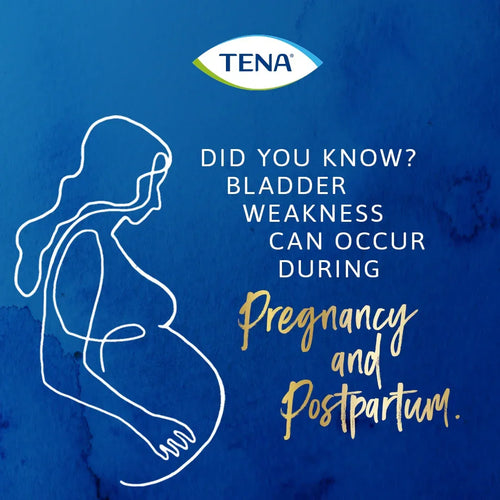LIVING WITH INCONTINENCE
Incontinence exercise
Read moreFREE SHIPPING ON ALL ORDERS!
We’ve added this product to your sample pack
We’ve added this product to your sample pack

After many women have their baby, they begin to realise that they sometimes leak urine or have a strong urgency to urinate even with an empty bladder. For many women this issue stops after about a year. For other women, however, it can be persistent even years after having a child. It is very common among mothers – about 33% of women have postpartum urinary incontinence.
Any woman that has given birth is likely to suffer from urinary incontinence because by the third trimester the baby puts a lot of pressure on the bladder. Giving birth vaginally, the use of forceps, prolonging pushing or having a bigger baby also increase the chances of having the condition. Women who are obese or smokers are also at a higher risk.
One of the best ways to stop leaking is through Kegel exercises. These help strengthen the muscles around the bladder, which are what allow you to start and stop urinating. Strengthening them can prevent leaks. Drinking less coffee has also been shown to help as this drink can irritate the bladder. It is important to stay hydrated and balance your fluid intake. For more tips you can look at our post on living well with urinary incontinence.
Did you know?
4.87 million Australians are affected by incontinence